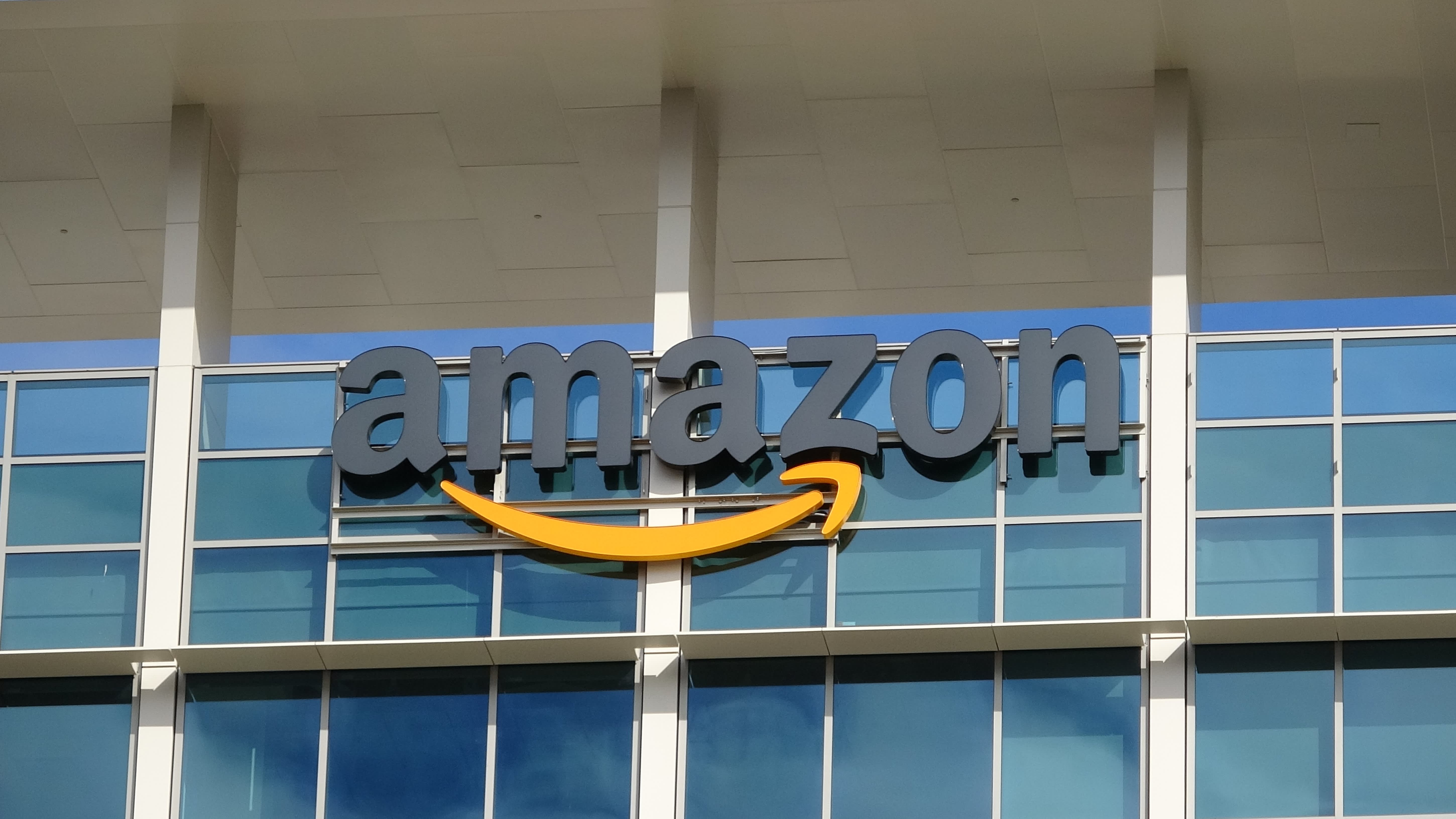
Amazon stock is about to get a lot cheaper after the company announced a 20-for-1 stock split this week.
The tech giant on Wednesday unveiled plans for the split — its first since September 1999 — only a month after Google parent Alphabet said it would do its own 20-for-1 split. The announcement sent Amazon shares up more than 6% in intraday trading Thursday, to more than $2,900 each.
Stock splits usually happen when the price of a company’s shares has gotten very high. In a stock split, a company divides up its shares to lower their price and increase the overall amount of shares available.
In Amazon’s case, existing shareholders will receive 19 additional shares for every share they already own. This means that an investor who owned 100 shares will now own 2,000, but the total value of their holding will remain the same.
In a statement, Amazon said that the split would make the stock more affordable and “give our employees more flexibility in how they manage their equity.” If Amazon’s stock split took place at the stock’s Wednesday closing price of $2,785.58, the new price of the stock would be $139.28 per share, CNBC reported.
Analysts have also speculated that the move could get the stock into the Dow Jones Industrial Average, which it is not currently a part of due to its high price. Entry into the index could help increase the stock’s value as it would require all the funds that own the Dow to buy Amazon shares.
Even though stock splits are mostly superficial and don’t change anything about the company, they can make shares more appealing to investors, says Wedbush Securities analyst Dan Ives, who mentioned recent splits from other Silicon Valley giants.
“Even though it doesn’t change the valuation, from an individual investor perspective [the high price] would make the stock less appealing,” Ives tells CNBC Make It. “With Tesla, Apple and Alphabet all doing it, Amazon would have stuck out like a sore thumb [if they didn’t].”
Owners of Amazon stock will receive their additional shares on Friday, June 3. Amazon will begin trading under its new price when markets reopen on June 6.
Sign up now: Get smarter about your money and career with our weekly newsletter
Don’t miss: Apple’s new iPhone SE is nearly $250 cheaper than the original iPhone when adjusted for inflation




